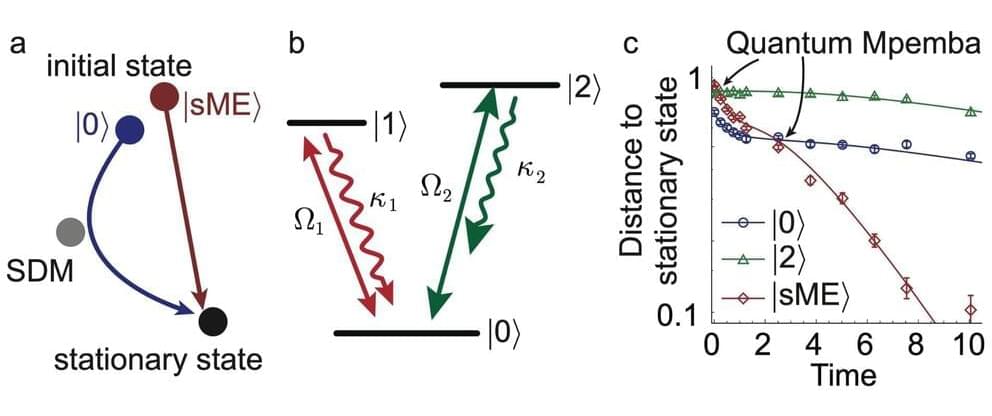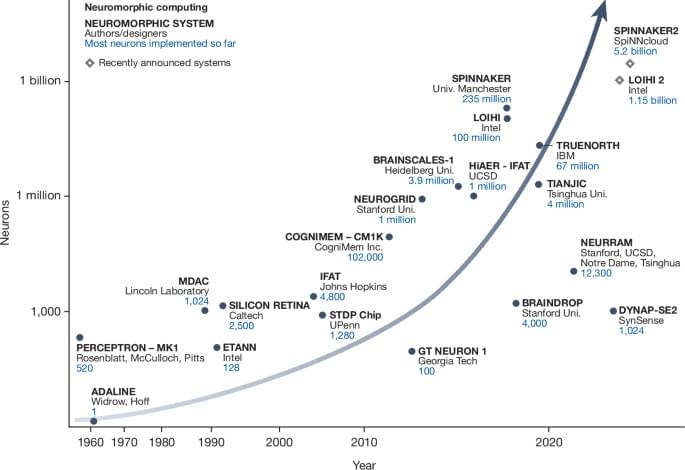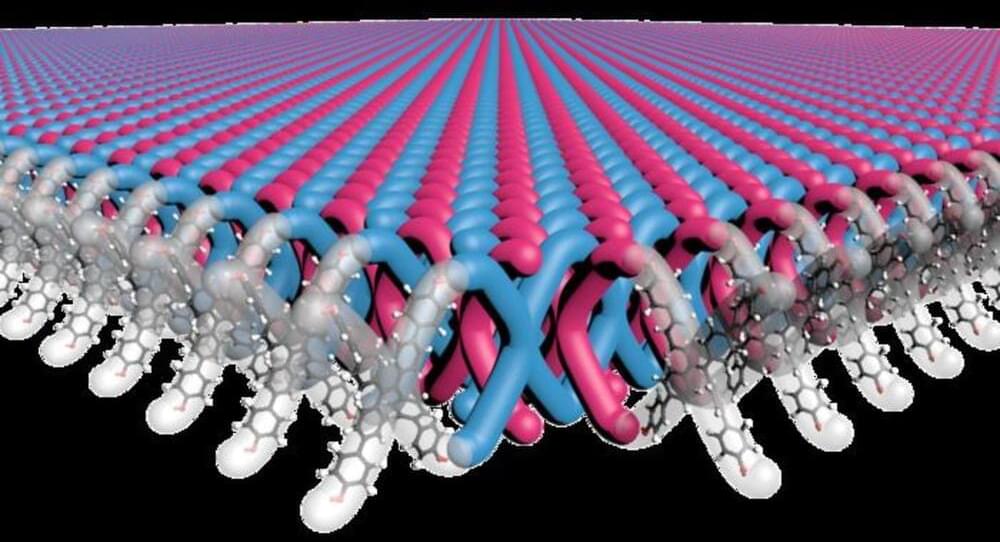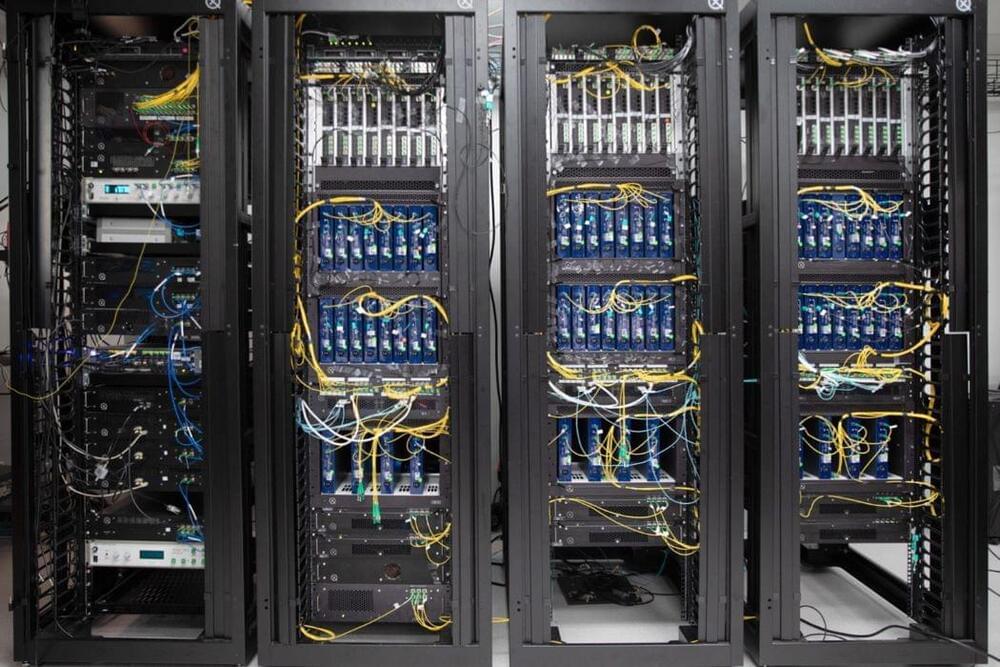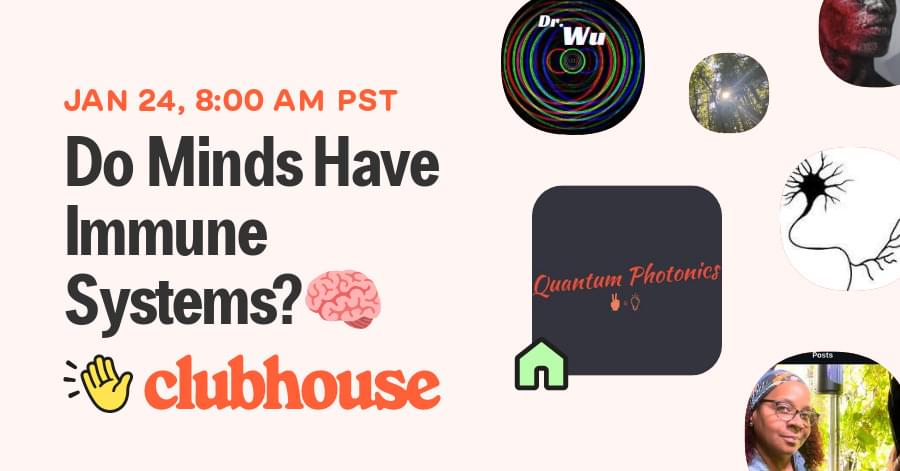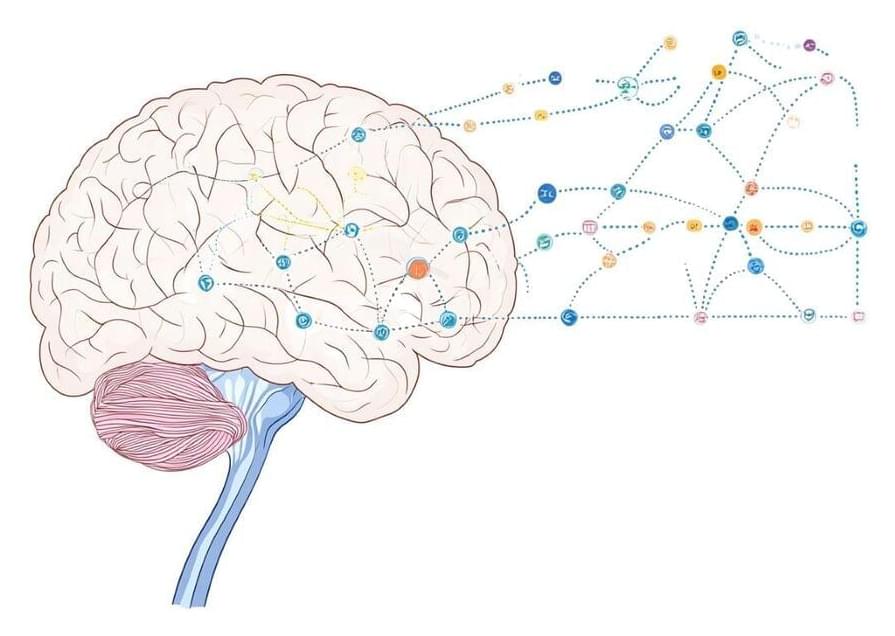The computer science behind translating speech from 100 source languages.
In a new Nature Communications study, scientists have demonstrated the quantum version of the strong Mpemba effect (sME) in a single trapped ion system.
The Mpemba effect is a counterintuitive phenomenon in which—under certain conditions—hotter water cools faster than colder water.
It was first described by Tanzanian high school student Erasto Bartholomeo Mpemba in 1963. However, according to early scientific literature, it was observed much earlier, as far as Aristotelian times.
Approaches for the development of future at-scale neuromorphic systems based on principles of biointelligence are described, along with potential applications of scalable neuromorphic architectures and the challenges that need to be overcome.
A research team led by scientists at Northwestern University has developed the first-ever two-dimensional mechanically interlocked material with high flexibility and strength. In the future, this could be used to develop lightweight yet high-performance body armor and other such tough materials, a press release said.
It was in the 1980s that Fraser Stoddart, then a chemist at Northwestern University, first introduced the concept of mechanical bonds. Stoddart then expanded the role of these bonds into molecular machines by enabling functions like switching, rotating, contracting, and expanding in multiple ways and using them to develop interlocked structures, which also won him the Nobel Prize in 2016.
Xenon gas might one day be used as a treatment for Alzheimer’s disease, according to researchers from Mass General Brigham and Washington University. Don’t let its alien-sounding name frighten you. Xenon gas is commonly used as a medical aesthetic.
The researchers found that mice suffering from Alzheimer’s-like conditions saw reduced brain inflammation and a slowing of brain atrophy after inhaling xenon gas.
One of the biggest signs that xenon gas might actually be doing some good is that they even saw a reduction in amyloid plaque in the brain. These are deposits of proteins called beta-amyloids in the brain that are a hallmark of Alzheimer’s disease. The researchers think xenon is activating the brain’s immune cells to protect the brain from neurodegeneration.
W/ Dr. Andy Norman of Carnegie Mellon University. The prospects of cognitive immunology which posits mental immune systems & proceeds to investigate their functioning.
Id say ASI by 2029 or sooner, but we re now in uncharted waters.
Amodei: “I think progress really is as fast as people think it is.”
Summary: New research highlights how the brain’s reward-learning system can guide personalized treatments for depression. By studying two brain signals, expected value and prediction error, researchers identified markers that predict recovery potential and tailored responses to rewards and setbacks.
This approach goes beyond symptom management, targeting the brain processes driving specific depression symptoms like anhedonia. The findings pave the way for brain-based therapies that align with each individual’s unique learning patterns, offering more precise and effective mental health care.
ISRO dispatches Crew Module for Gaganyaan mission, showcasing advancements in liquid propulsion system technology.

